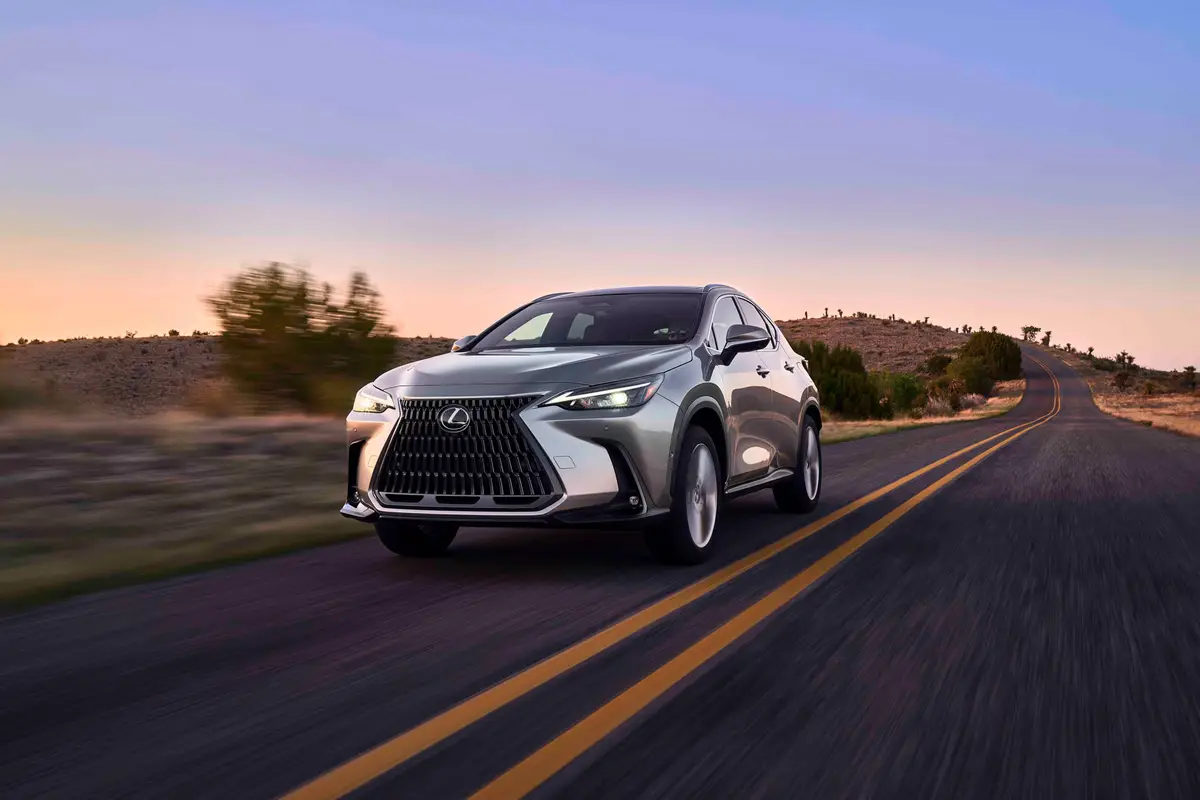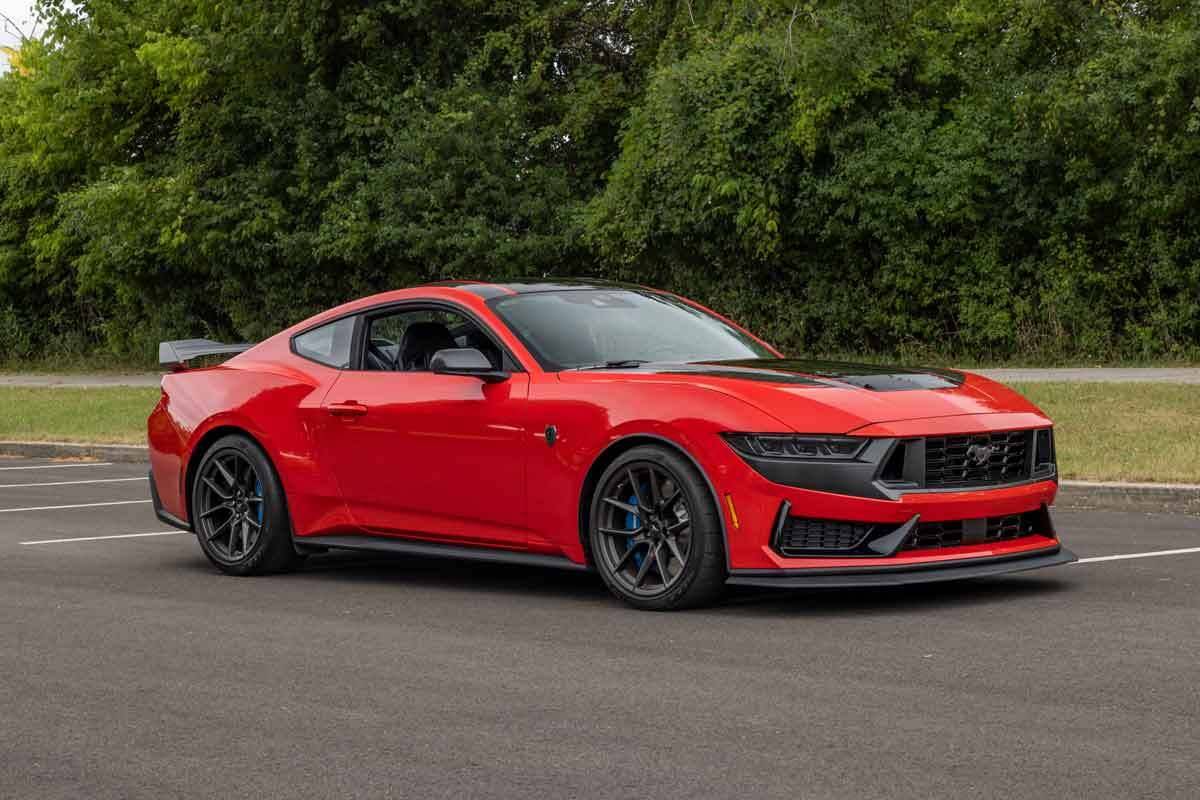washingtonpost.com's view
The big red Hummer was tempting. But we came here to bury my wife’s mother, and my wife did not want a big red Hummer in the funeral procession.
We drove the 2001 Suzuki Grand Vitara XL-7 instead. It was the practical thing to do.
The XL-7 weighed a ton less than the Hummer, which rolled in at 6,964 pounds. But the XL-7 could carry seven people, compared with the four who could’ve made the trip in the Hummer. And even with the center seats up, the XL-7 — a compact sport-utility vehicle — offered more cargo space than the Hummer, a sport-ute best suited for combat.
Still, I thought it would’ve been cool to drive a Hummer on the 2,400-mile round trip from Northern Virginia. A vehicle so big and brash was bound to be fun. My late mother-in-law, Omadel Louise Fowler Reed, who had a wonderful sense of humor, would’ve gotten a kick out of it. But she wasn’t in charge of her funeral. That was left to her considerably more conservative daughters.
Anyway, we got here okay, though the way was drenched with rain. The XL-7 handled the mess with aplomb in both four-wheel-drive and two-wheel-drive (rear-drive) modes.
Getting into four-wheel drive required shifting a lever atop a transfer case, which could be done while the XL-7 was moving in a straight line at speeds under 60 mph. That was a tad more cumbersome than push-button four-wheel drive or automatic all-wheel drive. But it worked well.
There was little use for the four-wheel low gear. Four-wheel high proved sufficient, even on muddy roads.
But there was much need for the XL-7’s suspension system, outfitted with MacPherson struts, coil springs and a stabilizer bar up front. A solid axle was in the rear. That normally would’ve yielded a harsh, trucky ride. But it was dampened by the addition of five links and coil springs. The upshot was a very decent ride over what must be two of the worst highways in the nation — westbound Interstates 40 and 30 running through Tennessee and Arkansas. Those are washboard roads that seem more designed to punish motorists than they are to support transportation.
The XL-7’s smooth ride, under the circumstances, was all the more remarkable because the vehicle is built like a truck, body on ladder frame with boxed rails. That characteristic favorably sets the XL-7 apart from rival mini-SUVs, such as the Toyota RAV4 and Honda CR-V, which have unibody construction. (Think of the unibody frame as a skeletal structure with attachments, such as chassis components and sheet metal.)
The XL-7, as a result, is designed to handle real off-road work. By comparison, its small-utility rivals, with the notable exception of the Nissan Xterra, had better restrict their “off-roading” to country lanes and picnic grounds.
That matters if you actually travel off-road in any meaningful way. Few of us do. But we all go to gas pumps, where the test vehicle turned in another surprising performance.
The XL-7 averaged 23 miles per gallon in mostly highway driving. That’s pretty good for a truck equipped with a 170-horsepower V-6 and carrying 400 pounds of cargo. It beats the heck out of the estimated 14 miles per gallon we could’ve gotten out of the turbo-diesel, 195-horsepower V-8 Hummer.
But, man, I really wanted to drive that Hummer. It’s so humongous, it borders on the surreal. And the roar of its turbo diesel just gives me a thrill. It’s silly, I know. It makes no sense, none at all. But that’s the fun of it. That’s the Mardi Gras Principle. Ma Reed would’ve understood.
Latest news



